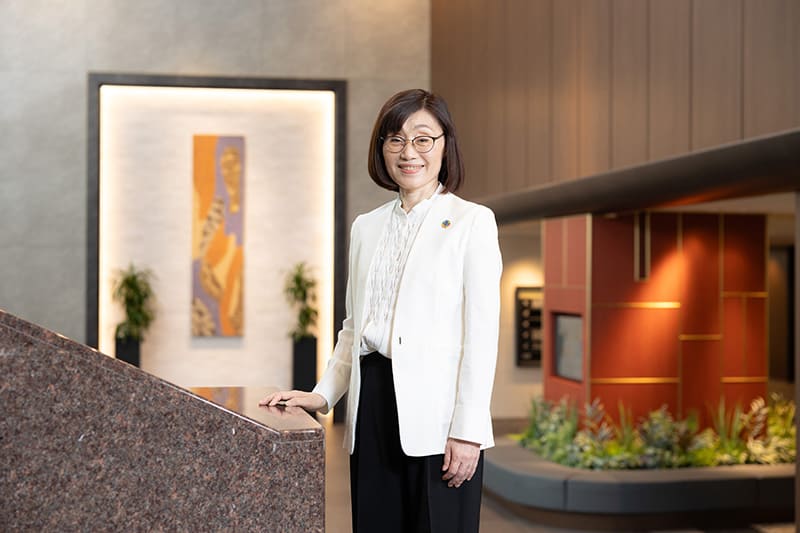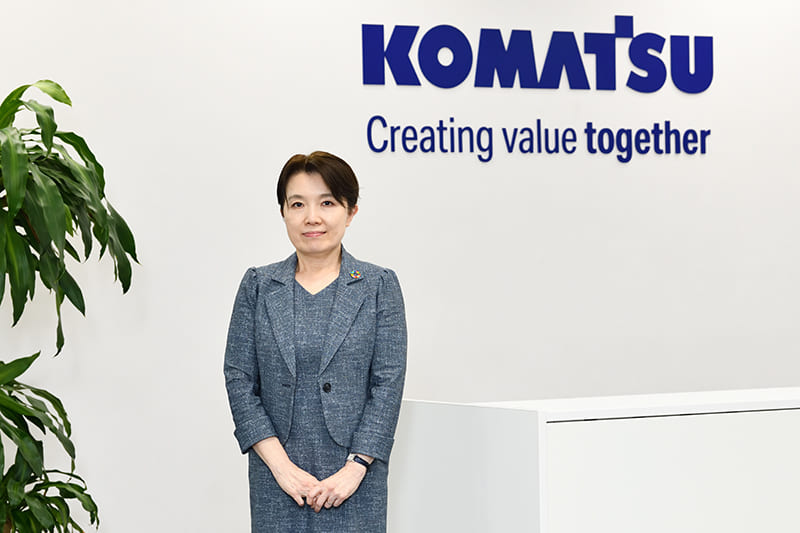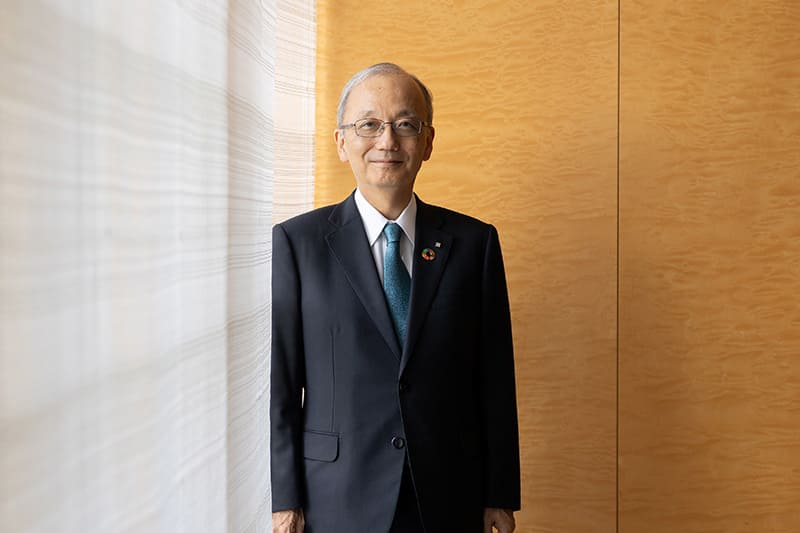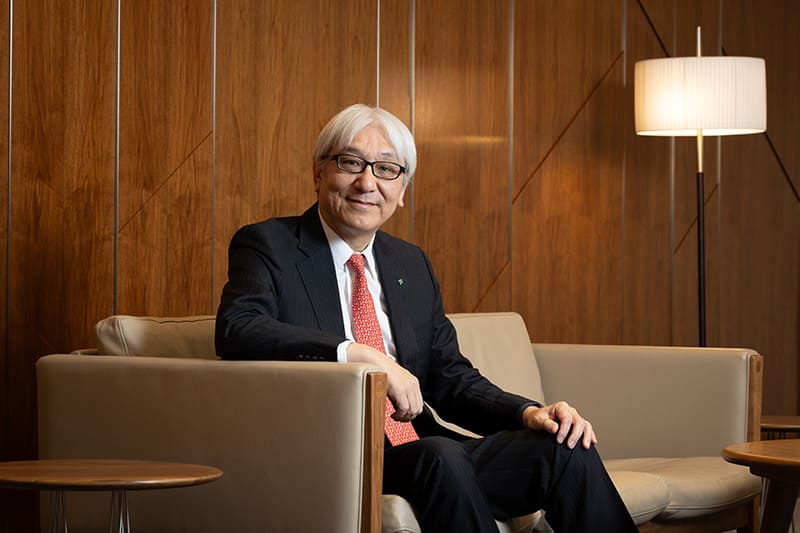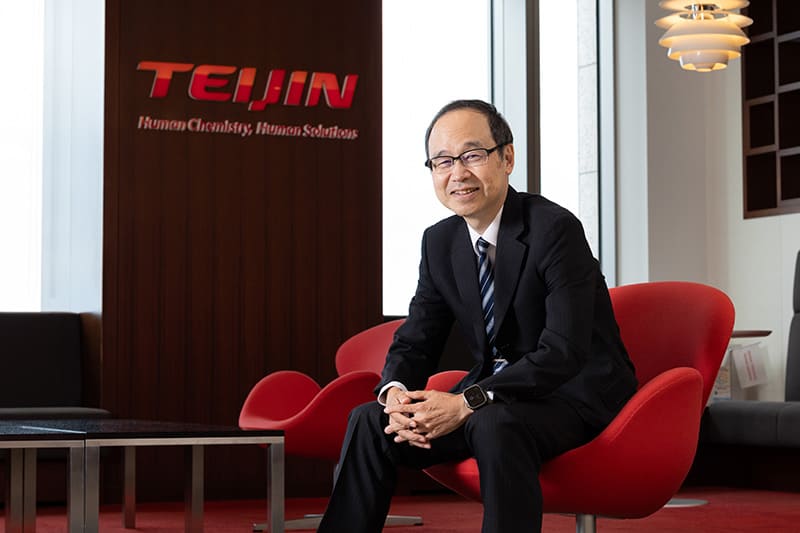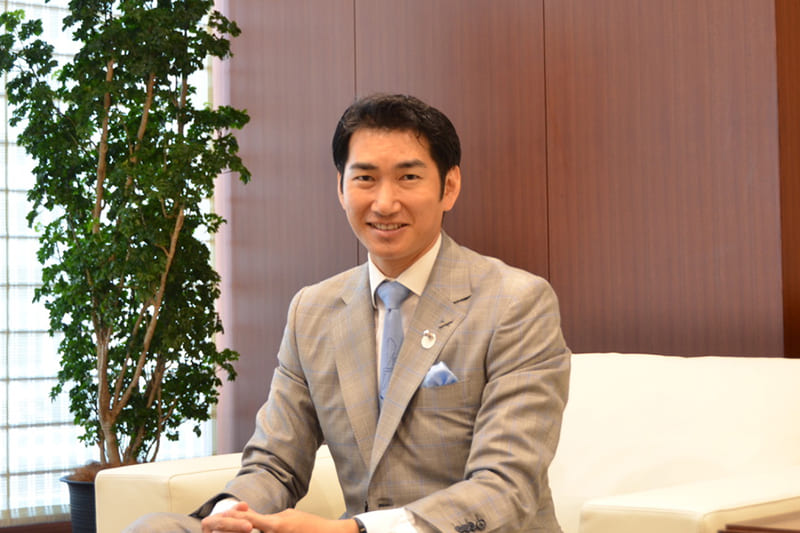November 01, 2024
Nomura finds new ways to design spaces for future
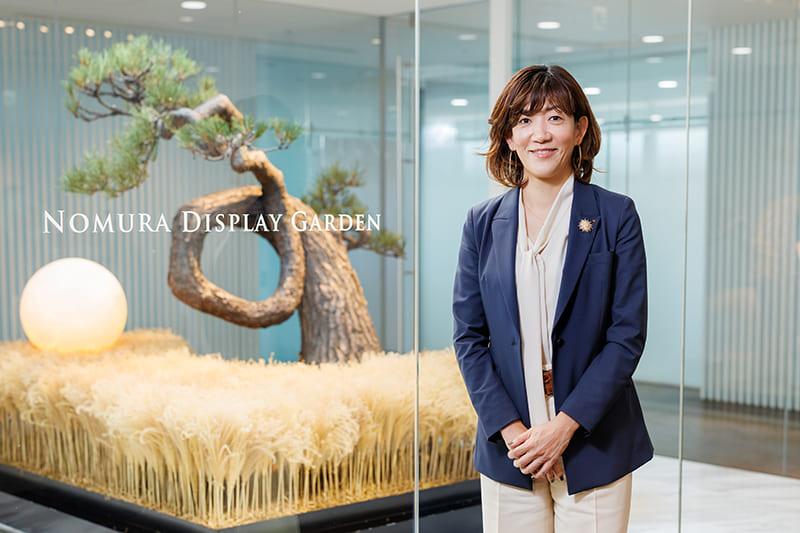
If you walk down the streets in central Tokyo, you can come across many of Nomura Co.’s creations — the Tokyu Plaza Harakado commercial complex in the Harajuku district and Shinjuku Kabuki Hall’s Kabuki Yokocho entertainment food hall, to name two. If you take a short trip, there is Ghibli Park in Aichi Prefecture. If you fly to Hokkaido, Es Con Field Hokkaido brand-new stadium welcomes baseball fans.
All these facilities are the output of the country’s leading space creation company, with more than a century-old history. The company visualizes its mission as “Bringing people delight and passion through spatial design and engineering.”
But for a start, what is “delight and passion” in space?
Nomura is asking this question to themselves and trying to understand and explain what factors consist of “delight and passion.”
“Design is not art. So there should be some logic to decide certain designs,” said Asako Harayama, a senior executive officer for Nomura. “In the past, we relied on our sensibility or experiences. But we’re starting R&D (research and development) of scientific factors that could affect hearts and minds,” she said in a recent interview, part of a monthly series by Naonori Kimura, a partner for the consulting firm Industrial Growth Platform Inc.
The reason behind this is that the company believes it is essential to propose new values amid rapid social changes and digitalization, not just respond to existing issues. Toward this end, Nomura launched Future Insights Lab in 2021.
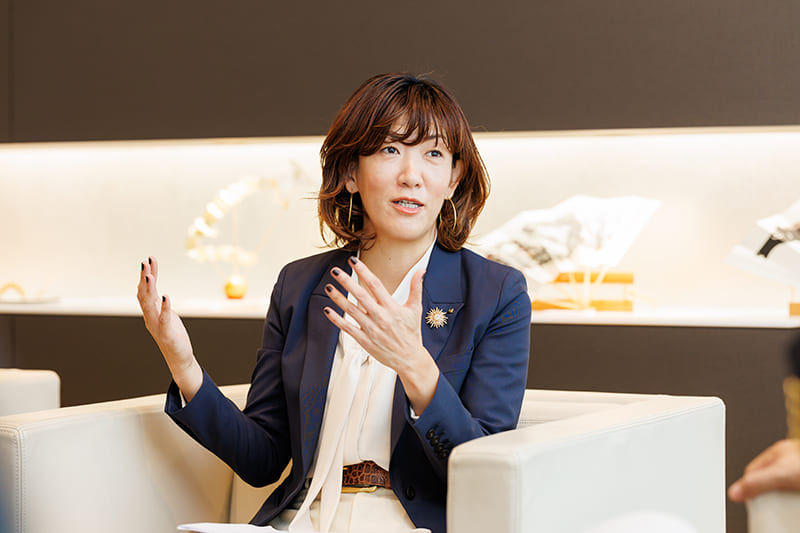
One of the laboratory’s missions is to develop a new system to measure what moves people’s feelings by gauging, for example, their brain waves and heartbeats in various spaces. Also, the lab studies what causes certain feelings by analyzing the sensory difference between walking on soft carpets or hard floors, how acoustics in a room affect people’s power of concentration, and how wooden rooms affect people’s psychology. “Sensibility is important, for sure, but we’re also working on scientific evidence at the laboratory,” Harayama said.
Other missions include forecasting people’s lifestyles in the future to gain insights into the forms that future spaces may take, developing sustainable designs and materials to mitigate negative impacts on the environment, discovering value in preserved nature and traditional industries in local districts, creating inclusive spaces through artistic activities, and creating spaces with various technologies.
Nomura’s history dates to 1892, when Taisuke Nomura, a creator of scene-shifting services for local theaters, founded the company in Takamatsu, Kagawa Prefecture. What made Nomura successful was large-scale equipment and mechanisms for chrysanthemum doll performances, which were popular as a form of entertainment at the time.
The company gradually expanded its business from entertainment to exhibitions and decorative displays. After World War II, it built its brand in the display industry, for example at department stores, art exhibitions, world expositions and amusement parks. Today it is the top company in the space creation industry, with ¥134 billion ($900 million) in annual sales and more than 2,400 workers, including 618 planners and designers and 514 product directors. It handles a wide range of facilities, from luxurious hotels to large-scale commercial complexes and theme parks.
Nomura aims to cultivate these fields more deeply while developing new business possibilities. According to its medium-term management policy for 2023-2025, exhibitions and decorative displays are the first two targets out of the total of seven.
One axis of the existing fields covers business sectors including sales, creative activity and production activity. Another axis involves how Nomura digs into markets for commercial complexes, entertainment events, hotels and other hospitality services, Harayama said.
As for new businesses, she referred to the potential of interior renovation and its synergy with outside spaces. “Society is paying more attention to how we can renovate the inside of existing buildings, because if we continue to build new ones, it will keep on increasing carbon emissions,” she said. “Those who design interior spaces need to understand architecture as well when they renovate existing facilities.” Such renovation is not necessarily limited to interiors, but mixture with exteriors would attract those who are fascinated by camping and outdoor activities in nature-rich environments, she said.
In doing so, interactions with clients are essential to explore new business fields with potential. “Not just imaging the world three years, five years or 10 years from now, but starting even a small step right away is good for creating new ideas,” she said.
One example of combined interior and outside space is Es Con Field Hokkaido. The ballpark, the home ground of the Hokkaido Nippon-Ham Fighters, held its first game in March 2023. Nomura oversees the planning, design, layout, production and construction of multiple areas at Hokkaido Ballpark F Village, which hosts the stadium. The baseball team asked Nomura to help build “a ballpark like nothing the world has seen.” As a result, the village hosts the world’s first hot spring facility where visitors can watch games and Asia’s first hotel inside a ballpark with views of the field. There are a variety of seat options, including balcony suites with private spaces where spectators can dine while watching. “This is one of the projects that took advantage of our teams’ knowledge and know-how, since we have handled a wide range of projects,” Harayama said.
The company’s willingness to explore new business is expressed in the medium-term management plan. During the target years until 2025, Nomura plans to spend more than ¥7 billion in growth investment, including R&D and digitalization. Although the pandemic dented its sales and profits in 2020, they are recovering year by year, with the group sales target in the business year to March 2026 at ¥143 billion and operating profits at ¥8.6 billion.
The important point is not just expanding business, but making it lean while demonstrating creativity. “There should be many things we can do to contribute to society by keeping existing constructions and reactivating inside spaces without scraping and building. We need to explore how we can do it,” Harayama said.
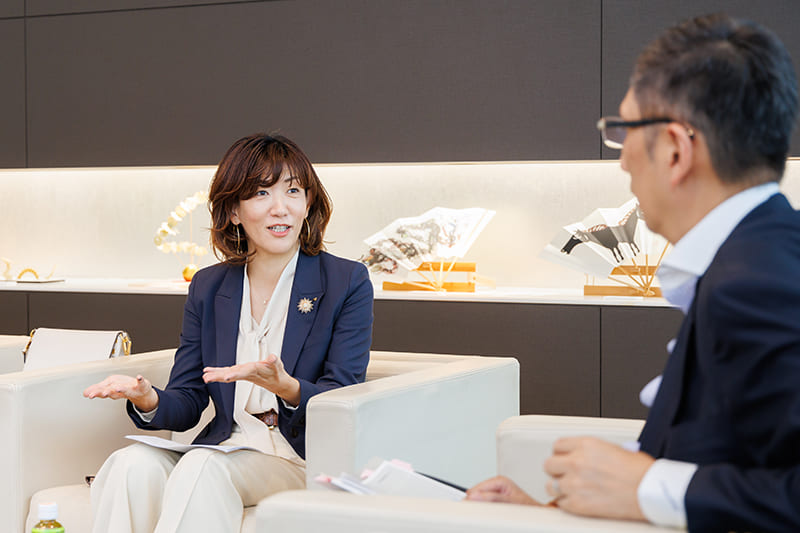
Naonori Kimura
Industrial Growth Platform Inc. (IGPI) Partner
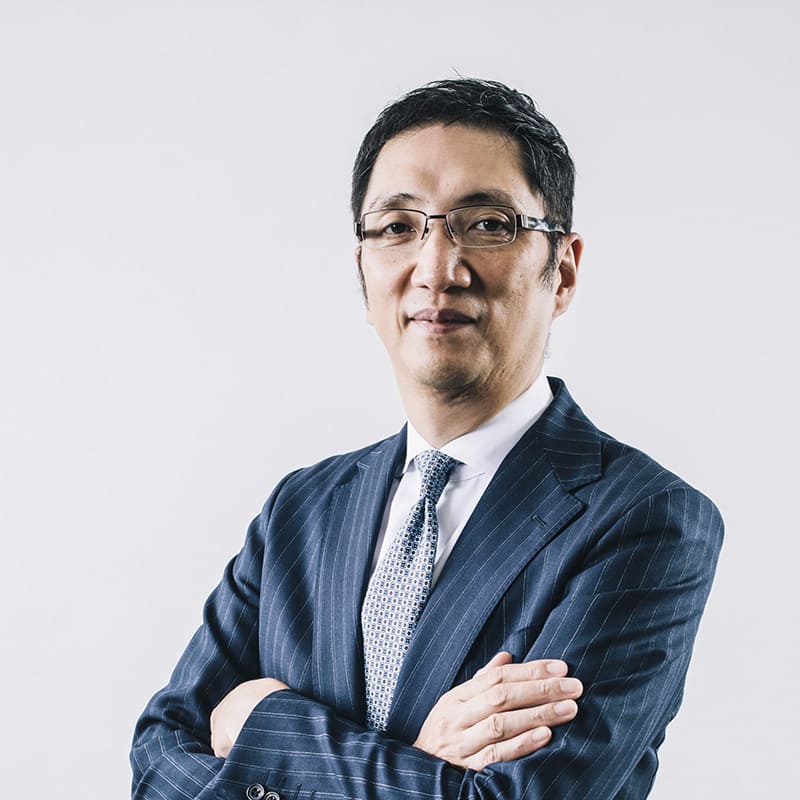
We live our daily lives and conduct social activities in various forms of spaces, and our feelings and performance largely depend on what kinds of spaces we place ourselves in. Therefore, a professional group of space production such as Nomura Co. is essential in order to make our society wealthier and more sustainable.
The source of what goes into creating good spaces for human beings is its people and their creativity. The company’s medium-term management policy for the period 2023-2025 shows that its management is considering human capital to be the starting point and values mutual trust.
The unity of management and the professional staff nurtures a future-oriented corporate culture, bringing further possibilities of spaces being created through a combination of sensibility and science and leading to activities for social good that are sublimated into real activities, not just calls for furthering the SDGs (sustainable development goals) adopted by the United Nations.
Even if society is digitalized very rapidly and widely, our lives will not be separated from the spaces we inhabit. I trust that Nomura, an organization that always keeps on evolving for the future, will bring more “delight and passion” to society by expanding and enhancing its business.

